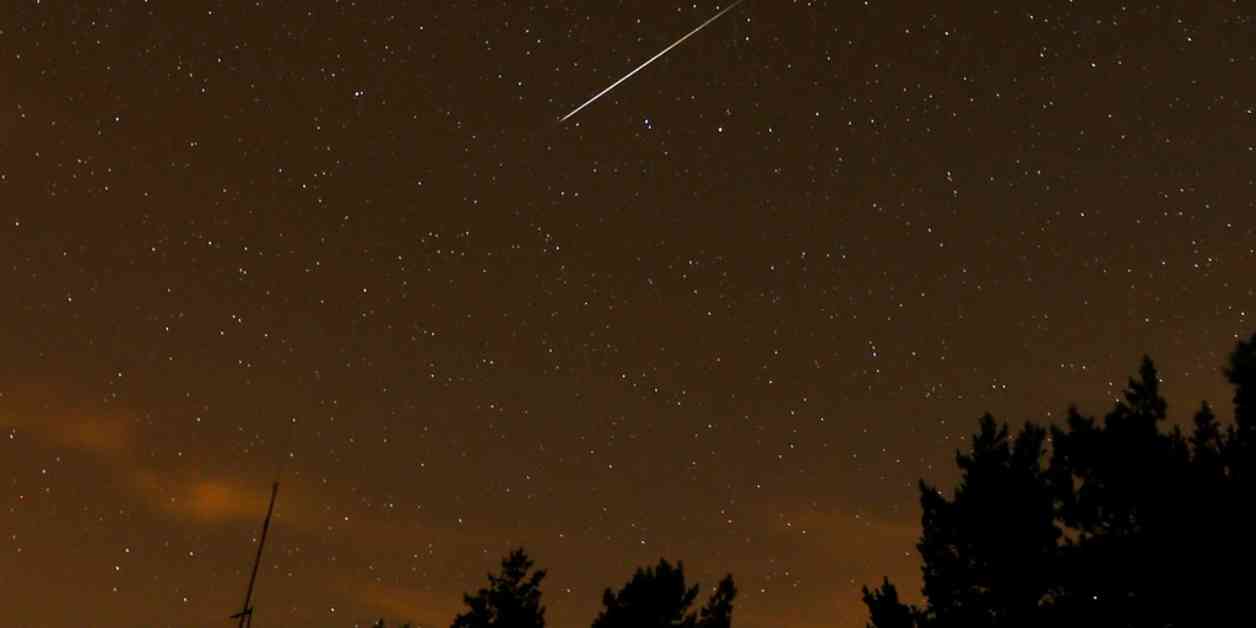The Perseids meteor shower is a stunning annual event that is expected to continue through September. These meteor showers occur when debris from space heats up as it enters the earth’s atmosphere, creating a beautiful display of bright lights. To get the best view of the Perseids, it is recommended to watch the sky at night away from clouds and other light sources.
This year, the Perseids meteor shower has been active since July and is expected to peak before dawn on Monday. University of Warwick astronomer Don Pollacco describes it as one of the brightest and most easily viewed showers of the year, with bright blue meteors visible, and lots of them. The American Meteor Society predicts that there will be more than 50 meteors per hour during the peak, and the shower will last until September 1.
Meteor showers like the Perseids occur annually and originate from the debris of comets. The source of the Perseids is the comet 109P/Swift-Tuttle. When rocks from space enter the earth’s atmosphere, the air resistance causes them to heat up and glow, leaving a fiery tail behind them, creating the appearance of shooting stars. The Perseids are known for producing bright fireballs, making them easier to spot compared to other meteor showers.
To view a meteor shower, it is best to look for shooting stars between midnight and the predawn hours when they are most visible. Dark skies away from city lights provide the best viewing conditions, and meteor showers are brightest on cloudless nights with a small moon. This year, the Northern Hemisphere will have the best view of the Perseids, coinciding with a moon that is around 44% full.
If you are interested in viewing more meteor showers, the Orionids will be the next major meteor shower, peaking in mid-October. The American Meteor Society keeps a list of upcoming large meteor showers, including the peak viewing days and moonlight conditions, to help you plan your stargazing activities.
So, grab a blanket, head to a dark spot away from city lights, and enjoy the spectacular show that the Perseids meteor shower has to offer. Don’t forget to mark your calendars for upcoming meteor showers for more opportunities to witness these natural wonders in the night sky.




